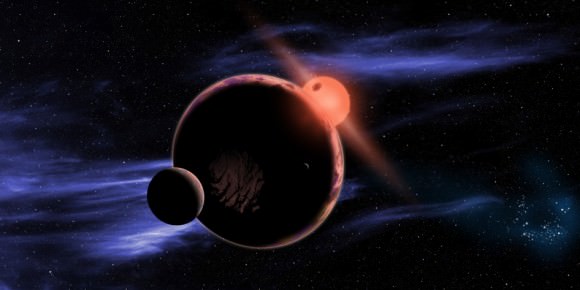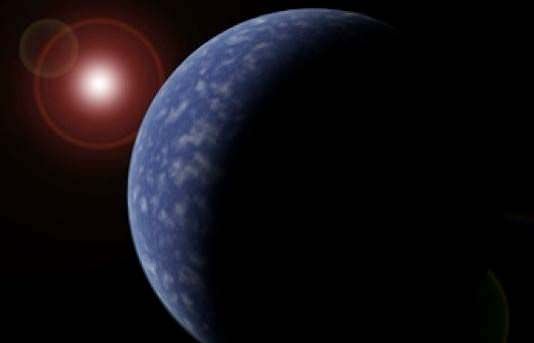Good news for planet-hunters: planets around red dwarf stars are more abundant than previously believed, according to new research. A new study — which detected eight new planets around these stars — says that “virtually” all red dwarfs have planets around them. Moreover, super-Earths (planets that are slightly larger than our own) are orbiting in the habitable zone of about 25% of red dwarfs nearby Earth.
“We are clearly probing a highly abundant population of low-mass planets, and can readily expect to find many more in the near future – even around the very closest stars to the Sun,” stated Mikko Tuomi, who is from the University of Hertfordshire’s centre for astrophysics research and lead author of the study.
The find is exciting for astronomers as red dwarf stars make up about 75% of the universe’s stars, the study authors stated.
The researchers looked at data from two planet-hunting surveys: HARPS (High Accuracy Radial Velocity Planet Searcher) and UVES (Ultraviolet and Visual Echelle Spectrograph), which are both at the European Southern Observatory in Chile. The two instruments measure the effect a planet has on its parent star, specifically by examining the gravitational “wobble” the planet’s orbit produces.

Putting the information from both sets of data together, this amplified the planet “signals” and revealed eight planets around red dwarf stars, including three super-Earths in habitable zones. The researchers also applied a probability function to estimate how abundant planets are around this type of star.
The planets are between 15 and 80 light years away from Earth, and add to the 17 other planets found around low-mass dwarfs. Scientists also detected 10 weaker signals that could use more investigation, they said.
The study will be available shortly in the Monthly Notices of the Royal Astronomical Society and is available in preprint version at this link.
Source: University of Hertfordshire


I wonder if research has been performed on how well chlorophyll works with red light.
Chlorophyll absorbs predominantly red light and reflect the other wavelengths (that’s why plants are green). I think it would work just fine with the light from a red dwarf.
So where are all the commenters now who insisted that red dwarfs, due to their assumed low metalicity, did NOT harbor planets??
Commenting on an earlier article published here at UT, I was thoroughly sounded for making that suggestion and promoting the idea we really should intensify our searches for nearby red dwarfs. It appears the idea seems to have gone a full circle? Toots his horn, then grins and is gone daddy gone…. ~@; )
Indeed! 😉
It makes sense. During a star’s evolution, when it gains enough matter to start fusion, it starts blowing out stellar wind which blows planet-making materials out of the system. Smaller star, less wind, more material to make planets.
What would a red dwarf look like in the sky? The sun is a yellow dwarf, does it look yellow? I suspect a red dwarf would look pretty white from close up and through an atmosphere similar to ours.
It seems like red dwarf systems may be a good place to look for signs of photosynthesis.